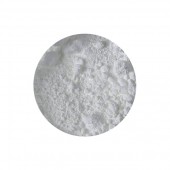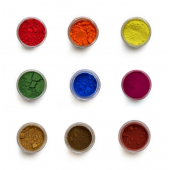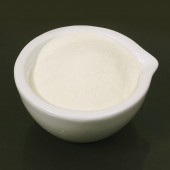Search results for 'palettes for watercolour'
-

Mixing Slab
Starting at: £24.00
-

Potters Pink Pigment
Starting at: £22.00
-

Zinc White Pigment
Starting at: £4.00
-

Small, 15ml Pigment sizes
Starting at: £4.00
-

Casein Lactic
Starting at: £15.95



